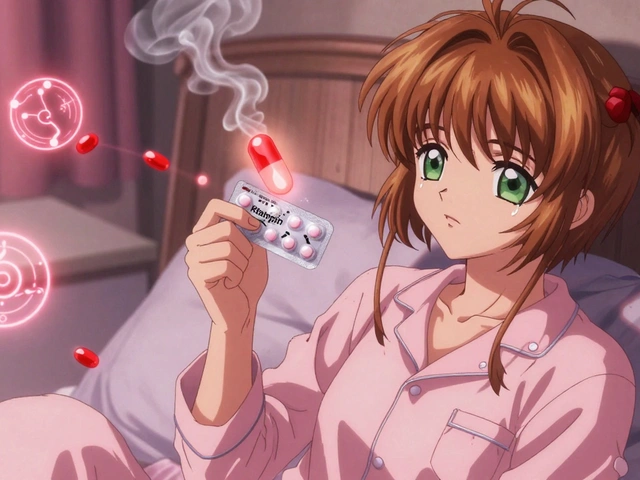Skin Pigmentation: Causes, Concerns, and Simple Solutions
Ever looked in the mirror and wondered why a few dark patches showed up out of nowhere? You’re not alone. Changes in skin color happen for lots of reasons, and most of them are fixable or at least manageable. This guide breaks down the basics so you can spot the cause and pick a plan that works for you.
What Triggers Skin Pigmentation Changes?
The main player behind skin color is melanin, the pigment your skin cells make. When something tells those cells to crank up melanin production, you end up with darker spots. Sun exposure is the biggest driver – UV rays tell skin to protect itself, and that protection shows up as a tan or a sunspot.
Hormones also have a say. Pregnancy, birth control pills, or thyroid issues can shift hormone levels and spark melasma, a kind of patchy brown‑gray discoloration that often appears on the face. Inflammation is another trigger; acne, eczema, or a cut can leave a post‑inflammatory hyperpigmentation (PIH) mark once it heals.
Medications sometimes cause pigment shifts too. Certain antibiotics, chemotherapy drugs, or even some anti‑seizure meds can make skin darker in patches. And let’s not forget genetics – some people naturally produce more melanin, so they’re prone to freckles or a deeper overall tone.
How to Manage and Lighten Dark Spots
The first step is protection. Slap on a broad‑spectrum sunscreen with at least SPF 30 every morning, even on cloudy days. Reapply every two hours if you’re outside, and wear hats or sunglasses for extra shield. Sunscreen stops new spots from forming and helps existing ones fade faster.
Topical treatments are the next go‑to. Over‑the‑counter products with ingredients like niacinamide, vitamin C, or glycolic acid can gently reduce pigment over weeks. If you need stronger help, a dermatologist may prescribe hydroquinone, retinoids, or prescription‑strength vitamin C serums. Use them exactly as directed; overuse can irritate skin and make spots worse.
Professional options exist for stubborn spots. Chemical peels, laser therapy, or micro‑needling can reach deeper layers of pigment. These procedures are pricey and need a qualified provider, but many folks see noticeable improvement after a few sessions.
Home habits matter too. Avoid picking at acne or scratching eczema – any trauma can trigger more pigment. Keep your skin clean, moisturized, and balanced; a healthy barrier heals faster and reduces the chance of PIH.
If you’re dealing with melasma, hormone changes can be tricky. Talking to a doctor about adjusting birth control or exploring hormonal therapy may help. Some people find that a combination of sunscreen, topical creams, and occasional professional treatment gives the best results.
Bottom line: dark spots are usually a response to something your skin is trying to protect or heal from. By shielding your skin, using gentle brightening products, and getting professional help when needed, you can keep pigment issues under control and enjoy a more even tone.
2 June 2025
Tessa Marley
Melasma isn’t just a women’s issue—it can affect men too, often flying under the radar. This article uncovers why men get melasma, the root causes, the most up-to-date treatments, and how to lower the risk of stubborn dark patches on your skin. Get tips backed by real research, find out which therapies actually work, and learn the dos and don’ts to protect your skin every day. Expect answers that go beyond the basics with practical advice specifically written for men. Melasma might be common, but the right approach changes everything.
Continue Reading...






